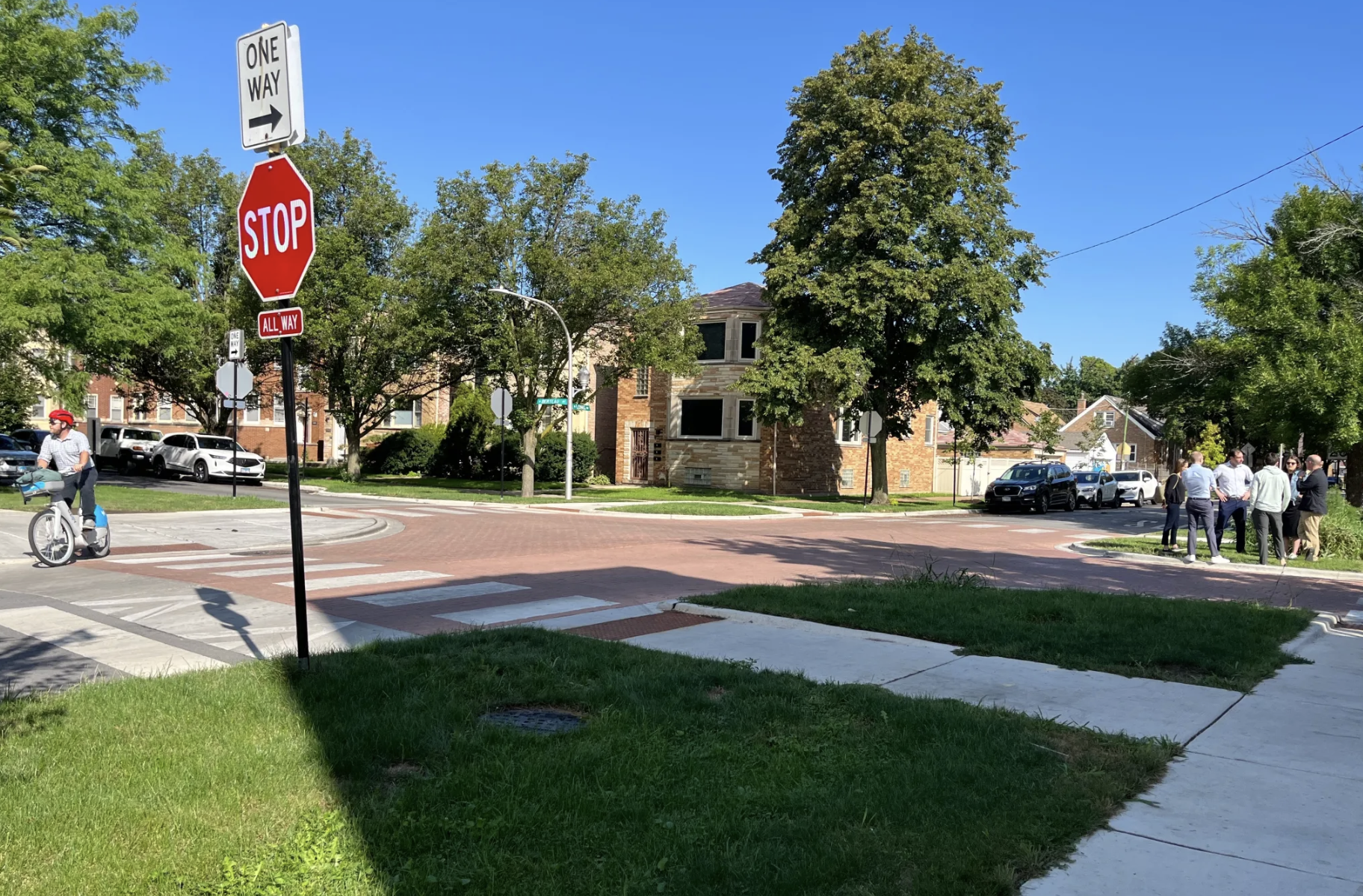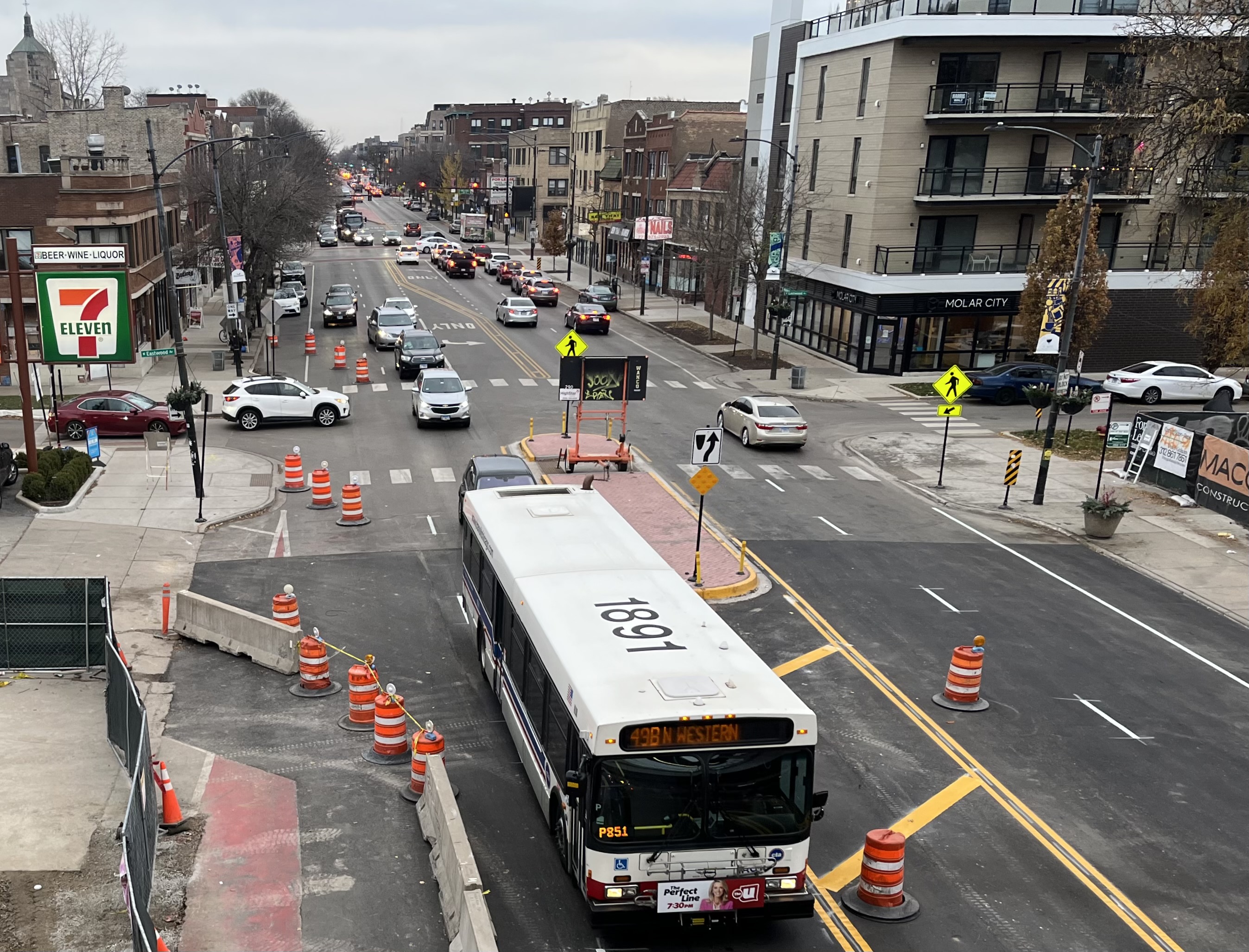As everyone from the Chicago Department of Transportation to the Active Transportation Alliance to Streetsblog Chicago cofounder Steven Vance, creator of the Chicago Crash Browser map, would tell you, one of the challenges of promoting safer streets in our city is the difficulty in getting timely crash data. The information is crucial for identifying hotspots for collisions and other trends that can better inform the fight against serious and fatal crashes.
There was some good news on that front at last month’s Mayor’s Bicycle Advisory Council meeting, when CDOT officials announced that the Chicago Police Department is supposed to start providing real-time crash data to the transportation department later this year. It’s not clear whether this info will be available to the general public as well.
However, the CPD data still won’t be official statistics, because the Illinois Department of Transportation is responsible for providing those. The problem is for various reasons, including the current dysfunction in Springfield, IDOT has been notoriously slow in releasing this data. That meant that, until recently, the most recent official crash was for 2014 – that’s more than two years old, which puts serious limitations on the usefulness of the data.
So I’m glad to announce that IDOT has just released its Chicago crash data for 2015. This morning Steven, who has been requesting this info from the state every month since August, notified me that the stats can be downloaded here.
Steven has also uploaded the Chicago City Summary Report and the (Bicycle) Dooring Report to the Chicago Crash Browser site as PDFs. Dooring crashes aren’t integrated with the main crash data, and Steven hasn’t yet added any of these stats to his crash browser map.
CDOT didn’t have an immediate response to the data release, and IDOT officials didn’t get back to me today either, but Active Trans says they’re hitting the ground running with an in-depth analysis of recent stats for both the city and suburbs. They’ll share that document with the public as soon as its finished.
“The release of 2015 crash data provides another reminder that the city of Chicago, and the region as a whole, continue to experience an unacceptable number of preventable crashes, injuries, and fatalities on our roadways,” said Active Trans advocacy director Jim Merrell via email. “In particular, we are troubled by the reported increase in bicycle and pedestrian crashes in Chicago between 2014 and 2015. Any increase in crashes, however modest, is a step backwards for street safety in our city. As the city of Chicago prepares to release its Vision Zero Action Plan [to eliminate serious and fatal traffic crashes by 2026], these data should serve as a call to action for residents and city officials to step up efforts to achieve the Vision Zero goal.” Merrell added that effort should include urging the City Council to identify resources in the city budget to support the plan’s implementation.
Merrell noted that working with IDOT crash data that’s 1.3 years old, rather than 2.3 years, is still unacceptable. “The fact we are only receiving data from 2015 in the spring of 2017 shows we have a long way to go to improve how these data are collected and shared by the Illinois Department of Transportation,” he said Timely and accurate reporting of crash data will be essential if we are to make progress towards reaching the goals of Vision Zero in Chicago.”
This post is made possible by a grant from the Illinois Bicycle Lawyers at Keating Law Offices, P.C., a Chicago, Illinois law firm committed to representing pedestrians and cyclists. The content is Streetsblog Chicago's own, and Keating Law Offices neither endorses the content nor exercises any editorial control.






